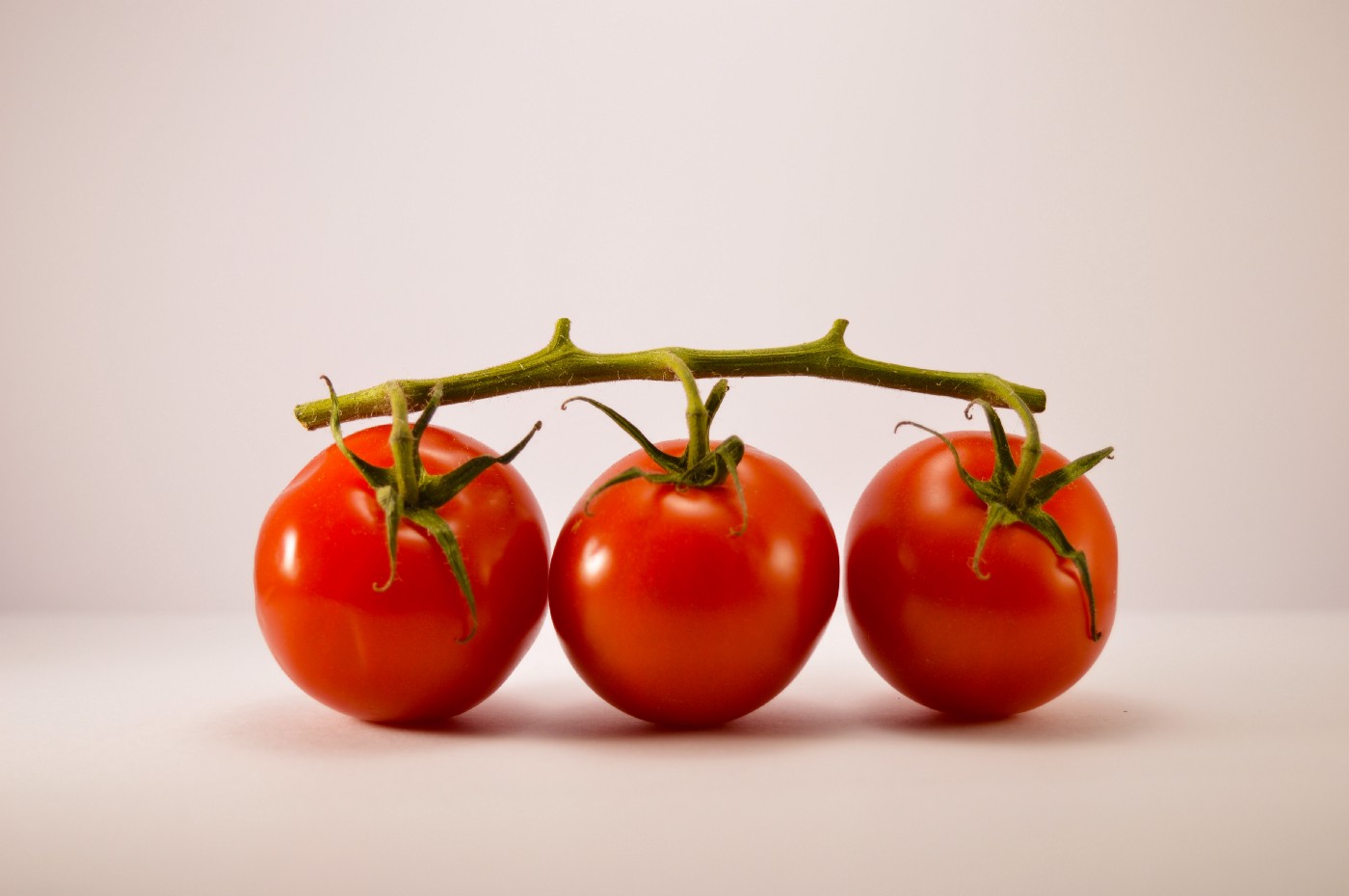Last January, I was surprised to walk into my downtown-Ottawa grocery store in the depths of winter and find perfectly ripe, locally grown tomatoes for sale. I had started trying to buy more locally produced food the previous summer and expected winter to be somewhat of a write-off. Perhaps you’ve experienced this too. Or maybe you’ve grown accustomed to the increasing supply of “hothouse” veggies for sale across Canada — hothouses, or greenhouses, are a type of controlled environmental agriculture (CEA), a topic explored in ICTC’s upcoming agri-food technology report. The report, titled, Canadian Agri-food Technology: Sowing the Seeds for Tomorrow, will be published on November 3rd, 2021.
Winter poses an interesting challenge for those hoping to eat local. Due to frost, the earliest growing season for veggies in Ontario is April. In Essex County and Niagara, which together represent about 0.34 percent of Ontario’s land, spring crops can only be planted April 1. As you move north, the planting season for spring crops is delayed a month, and for frost-tender crop planting begins as late as mid-June.
It’s no wonder that chef and food activist Joshna Maharaj writes, “I am committed to local eating,” “[but] when our local harvest is so limited and our spirits need a lift, that taste of something from a warm, sunny place can really help out.”

Photo by Alex Ghizila on Unsplash
Hothouses in turn pose an interesting solution: grow local produce year round, build local supply chains, and reduce the environmental footprint of Canada’s food system. “The main value proposition for our product,” explains a process engineer interviewed for ICTC’s agri-food technology study, “is that a lot of food is bought from elsewhere and shipped up here to Canada. One problem with that is the environmental cost and another is that the products are not necessarily very good quality. It takes a long journey to get to Canada, resulting in a lot of product loss and damage. On top of that, the specific varieties that grocery stores carry are bred to be able to handle that long journey, as opposed to being bred for nutrition and flavour.”
While definitions vary, CEA is loosely defined by the University of Arizona as “the production of plants and their products… inside controlled environment structures, such as greenhouses, vertical farms, and growth chambers.” Similarly, Innovation Science and Economic Development Canada (ISED) defines CEA as “an indoor technology-based production system, where crops are grown under a modified and highly conditioned environment.” Greenhouses, vertical farming, and hydroculture are identified by ISED as the most common forms of CEA.
Greenhouses, or hothouses are buildings, usually made from glass, where out-of-season plants are grown. Greenhouses enable controlled growing environments and protect produce from extreme weather, such as extreme cold or heat. Vertical farms are multistory buildings where crops are grown indoors in stacked layers, reducing the land needed for production. Vertical farms employ many technologies, including hydroculture and artificial lighting. Growth chambers are rooms or containers where plants are grown under controlled conditions, such as controlled lighting, temperature, and humidity. Finally, hydroculture is the production of plants and produce without soil, including hydroponics, aeroponics, and aquaponics.
How does CEA impact Canada’s food system?
For some time now, CEA has enabled farmers to grow fruits and vegetables in ideal settings, achieving maximum efficiency and productivity. Beyond this, controlled growing environments provide shelter from unfavourable or extreme weather due to climate change, which is becoming more frequent and detrimental to our ability to grow food. Food systems rely on predictable climates, stable weather patterns, clean water, and fertile soil, making climate change a significant threat to global food security.
Controlled growing environments also enable communities to grow food (or certain types of food) in places where they would otherwise not be able to: dense urban communities, extreme climates, or and places without the appropriate soil. For many communities, this effort is not just about supporting local food production, or shortening food supply chains, but promoting local food security through healthier food options. In 2019, a collaboration between the town of The Pas, Opaskwayak Cree Nation, and the Rural Municipality of Kelsey made headlines for their submission to Infrastructure Canada’s Smart Cities Challenge.
“Our community,” the challenge statement reads, “will utilize LED Smart Farm technology to support local nutritious food growth… promote food security… [and] achieve a 40% reduction in the number of imported vegetables, and a 20% reduction in community diabetes rates by 2030.”
Despite these benefits, there are several areas where CEA could improve. For one, the technology is limited in its ability to address food security on a broad scale because the food that CEA currently produces (i.e., tomatoes, peppers, and cucumbers) is not high in protein or diverse enough to form a complete diet. A second challenge is that many of the rural and remote communities in Canada that stand to benefit from CEA rely on high-emissions energy sources (like fossil fuels). Although CEA is more efficient than traditional farms with respect to land, soil, and water use, the technology has high energy needs, making access to clean energy an important priority.
Finally, as noted by ISED, CEA production is labour intensive: workers are required for a range of critical production tasks, including propagation and planting, plant management, harvesting, and packaging. At the same time, Canada’s agri-food sector faces severe labour shortages and relies heavily on foreign temporary workers. This makes efforts like Agriculture and Agri-Food Canada’s challenge for “enhancing automation in CEA farming” important. With government and industry working together to address energy and labour challenges, CEA’s role in Canada’s food system remains bright.
To learn more about the impact of technology on Canada’s agri-food sector, check out ICTC’s agri-food technology report, Canadian Agri-food Technology: Sowing the Seeds for Tomorrow, which will be published on Wednesday November 3rd, 2021.
